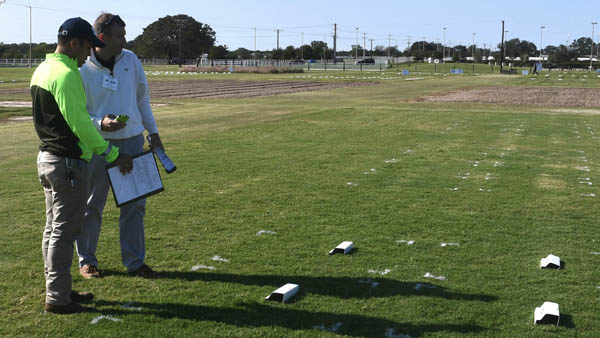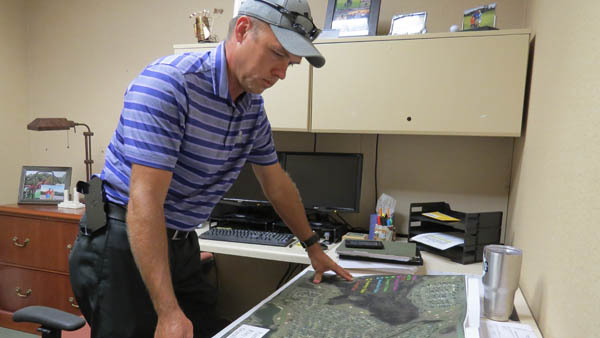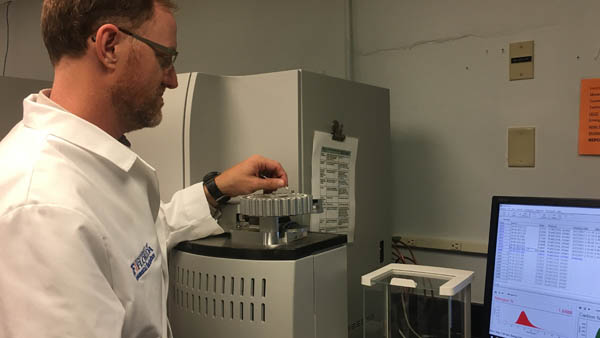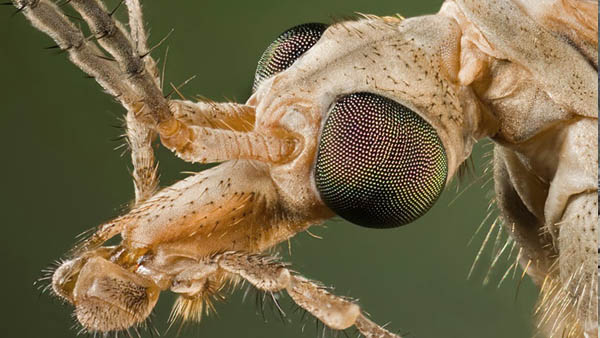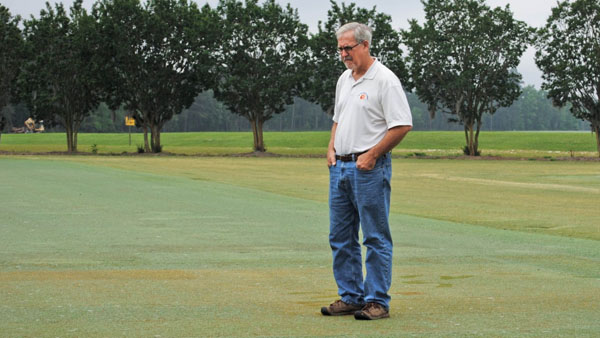
News and people briefs
By John Reitman, in News,
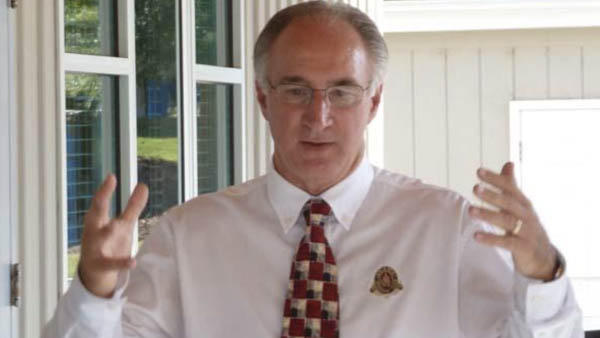
Brandt has named Ken Mangum, CGCS, as national sales manager for the company's turf business that includes Brandt, Grigg and Brandt iHammer products. Mangum will be responsible for all sales initiatives in the turf market, including setting the strategic direction of the turf team. He will report to John Guglielmi, Brandt's national sales director for specialty formulations. Prior to joining Brandt, Mangum was an independent consultant and spent more than three decades as a golf course superintendent, including nearly 27 years as director of golf courses and grounds at Atlanta Athletic Club, where he was the host superintendent for the PGA Championship in 2001 and 2011. A graduate of Lake City Community College (now Florida Gateway College), Mangum's consulting work included working with Team Zoysia on the marketing of zoysiagrasses for use on golf courses worldwide. EPA OKs PBI-Gordon fungicide for SDS control
The U.S. Environmental Protection Agency recently granted federal registration for PBI-Gordon Kabuto SC Fungicide for use in the treatment of spring dead spot in warm-season turfgrass. Labeled for use on golf courses, sports fields, and residential and commercial turf, Kabuto is a proprietary formulation for the preventative control of spring dead spot, and the preventative and curative control of dollar spot, including control of carboxamide-resistant dollar spot. With the active ingredient isofetamid, Kabuto SC is a FRAC Group 7 fungicide that inhibits all stages of development in the fungal life cycle and can be applied up to eight times per year as part of a resistance-management program. Other features of Kabuto Fungicide SC include a flowable (suspension concentrate) formulation, effectiveness at low and high use rates and no phytotoxicity concerns. Longtime TurfNet contributor Frank S. Rossi, Ph.D., to receive industry award
Longtime TurfNet contributor Frank S. Rossi, Ph.D., associate professor at Cornell University in Ithaca, New York, has been named the recipient of the GCSAA's 2018 President's Award for Environmental Stewardship. Rossi, 55, will receive the award Feb. 6, during the opening session of the 2018 Golf Industry Show in San Antonio. The award was established in 1991 to recognize "an exceptional environmental contribution to the game of golf; a contribution that further exemplifies the golf course superintendent's image as a steward of the land." Rossi has been a contributor to TurfNet and its former sister publication SuperNews for almost 20 years. A New York City native, Rossi, 55, received bachelor's and master's degrees from the University of Rhode Island and his Ph.D. from Cornell, where he has taught since 1996. He served as a consultant for the 2002 and 2009 U.S. Opens at Bethpage Black and developed sand and grass specifications for the 2016 Olympic Golf Course in Rio de Janeiro. He also has consulted with Central Park, the New York Yankees and Green Bay Packers. In 2014, Rossi was instrumental in the development of Best Management Practices (BMPs) for New York State Golf Courses. The project was initiated in 2012 by the Met GCSA, and Rossi served as the lead author of the guidelines. Nearly two decades earlier, while working as a turfgrass environmental specialist at Michigan State University, he was key to the creation of the Michigan Turfgrass Environmental Stewardship Program, which was officially launched in 1998. As a researcher, lecturer and former superintendent, Rossi's excellence in the turf industry has been well-documented through the numerous awards he has received, including the Metropolitan GCSA Lifetime Achievement Award, the New York State Turfgrass Association's Friend of the Green Industry, and the Turf and Ornamental Communicators Association's Environmental Communicator of the Year. Nufarm's Bull retires after nearly 50 years of service
Nufarm announced the retirement of longtime national ornamental manager Arden Bull. Bull's career spanned 47 years in agriculture and specialty crop protection, including 28 years of turf, ornamental, greenhouse, and nursery technical sales. He has led ornamental sales at Nufarm Americas Inc. for the past 12 years and cultivated trusted relationships with greenhouse and nursery growers and key university and private researchers across the country. Bull plans to spend more time with his wife, Laska, and their family. He envisions his time will include more fishing with grandsons and attending the dance events of his granddaughters. He also anticipates more travel, bike rides, woodwork, mission trips and give back to his community at the local Unity House and Elder Care Home. In Bull's absence, Nufarm will remain dedicated to providing a top-notch team of reliable turf and ornamental experts. Ornamental customers seeking assistance should contact greenhouse customer manager Brian Rund at brian.rund@nufarm.com.
- Read more...
- 2,431 views

